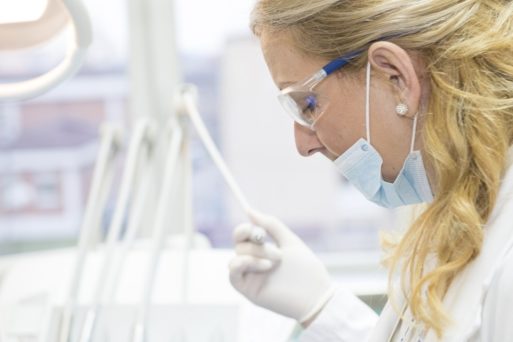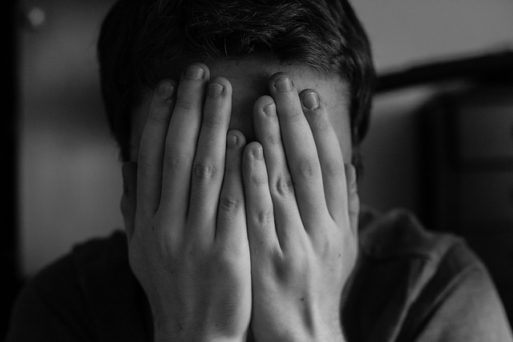
Photo Source: Pixabay.com
It’s easy to forget that doctors and nurses are people too. Like their ill patients, they get tired; they get hungry; they get frustrated; and they get discouraged. Working so closely with illness and death is a draining experience for those in the healthcare professions, and in recent years, it’s led to an outbreak of physician suicides.
An estimated 1 million patients in the United States will lose their doctors to suicide every year. The stress of medical school coupled with a fast-paced hospital culture is often too much to bear for doctors.
Physician Pamela Wible says that when she was dealing with the pressures of her own work, she thought she was completely alone. She assumed that most doctors were happy to show up to work everyday knowing that they were saving lives. Dr. Wible, on the other hand, felt as if she wanted to die. After facing brutal critiques and hours of homework in medical school, she thought her work in the medical field would be her reward after graduation. Instead, she found that the clinics she worked in were run like assembly lines, ushering patients in and out every few minutes. She felt less like a doctor and more like a factory worker, she explains.
Then Dr. Wible decided to make a change, both for her own sanity and for the health of her future patients. She spoke to dozens of patients who told her what their ideal clinic would look like: safe, fun, affordable and, most importantly, run by a doctor who truly cares about their well-being. Then she started her own clinic centered around what they said. Working at her new clinic, Dr. Wible found that she was much happier and fulfilled than she could ever have imagined.

Credit:.flickr.com by Ryan Melaugh
After going public with her message, Dr. Wible soon discovered that she was never alone in her depression and thoughts of suicide. She received an outpouring of letters from doctors who had felt the same way, some of whom told Dr. Wible that she saved them from suicide.
In a TEDMED talk, Dr. Wible pinpoints some of the reasons why doctors commit suicide, and how our medical schools and hospitals fuel the fire. She tells the story of a group of nervous medical students listening to an instructor at orientation. The instructor told them, “If you decide to commit suicide, do it right so that you don’t become a burden to society.” Dr. Wible shares many other disturbing stories like this, naming sleep deprivation, post-traumatic stress (from seeing traumatic wounds or watching patients die) and a culture of staff silence as the main causes of suicide among healthcare providers.
In general, doctors have few resources for handling depression and other emotions. Although they are surrounded by healers, they are often subtly taught not to talk to one another about how they are feeling, and to handle every medical case with stoicism.

Credit: healthline.com
This is one reason why many hospitals have started projects to help caregivers cope. At hospitals like the University of California Los Angeles and San Francisco medical centers, doctors, nurses and other caregivers often meet for an hour over tea, cookies and other snacks to talk about their emotions after a traumatic event. Clergy and counselors often attend to offer support as well.
In a hospital setting, burnout and anxiety are far more dangerous than they are in many other professions. When you work at a desk all day, getting tired and making a few mistakes might cost you extra time and effort, but the mistakes rarely have life-or-death consequences. When you work in a hospital, mistakes can be fatal.
A happy, well-rested, functional staff can care for their patients more effectively than one that feels overworked, under-appreciated and emotionally vulnerable. The more we realize this important fact, the less likely we will be to continue to lose hundreds of young doctors doctors to suicide every year.

 Suicidal Doctors: What Happens When Caretakers Need Help Themselves
Suicidal Doctors: What Happens When Caretakers Need Help Themselves


 “Help Me, Helen”
“Help Me, Helen”

 “As Tears Go By” by Marianne Faithfull
“As Tears Go By” by Marianne Faithfull














